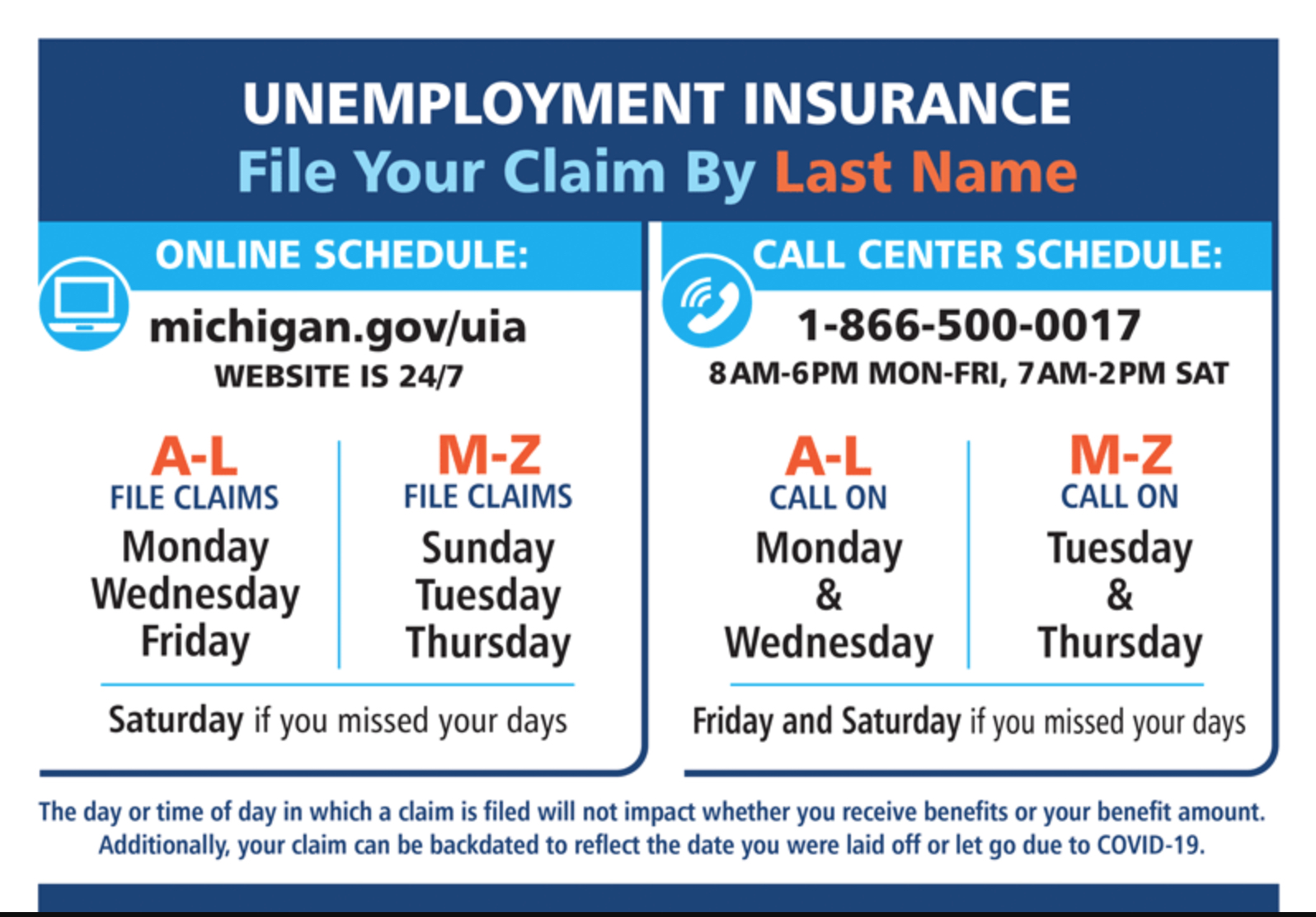Effect of Pandemic on Students who are Laid Off from Jobs
Gallery

As of right now most of the students at Henry Ford College are finally settling into the second week of fully online classes. Both the students and the teachers had to adjust to what may have been a steep learning curve due to the unexpectedness of this unprecedented outbreak. But moving from on campus to online might not be the worst struggle students are dealing with. The worst is the fact that many of them may be laid off. Some students before COVID-19 may have been living paycheck to paycheck through part-time jobs, or been hired for on-campus work.
When Governor Whitmer issued a stay-at-home order, many places of employment that tend to hire students closed or in the case of restaurants became takeout or delivery only, forcing them to lay off employees, many of whom being students at HFC. Lansing Community College laid off their 99 “Learn and Earn” student worker positions. This is putting many students in a situation of being between a rock and a hard place. Almost no landlords or businesses that collect a monthly payment have stopped collecting those payments, even though millions are out of work. But some colleges, such as HFC, are still paying student workers, something that for some will keep them from major financial challenges. The college is attempting to balance out what work students can still do from home. The U.S. Department of Education has told public colleges that they are allowed to continue to pay student workers as long as they’ve closed campuses.
But colleges, specifically communities, are providing other services that are extremely helpful to students, though again this is a hit or miss between what colleges are and aren’t providing them. HFC, for example, is providing some laptops on a first-come-first-serve base due to some not having access to one. And to help with this some internet providers are providing free internet access to students, such as Comcast and Spectrum, offering free 60-day essential internet services to K-12 and college students. Another service that most colleges have is a food bank, or in HFC’s case the Hawks Nest, which provides “supplemental food assistance” to students, funded by both the college and by donations. This will help provide some relief for students who may become, or already are, food insecure. Most of these food pantries are currently open by online appointment.
With many students being laid off, many of us now have to apply for unemployment. Michigan Governor Gretchen Whitmer has temporarily expanded the eligibility for the unemployment benefits through Tuesday April 12. These benefits will be now extended to those who have an unanticipated family care responsibility, which includes childcare responsibilities due to school closures, or who are forced to care for loved ones who become ill, or quarantined, and do not have access to paid family and medical leave or are laid off. Benefits have also been expanded for first responders in the public health community who become ill or are quarantined due to exposure to COVID-19.
Speaking from personal experience, however, applying for unemployment is one of the most confusing, tedious, and repetitious processes you will ever go through. As most students haven’t gone through having to apply for unemployment before, there are a few things you’ll need when you apply.
First, in Michigan there are two ways to apply: online and on the phone, but you have to apply on s certain day. Online is 24/7, but last names starting with A-L file on Monday, Wednesday, or Friday; last names M-Z file on Sunday, Tuesday, and Thursday. Anyone can apply online on Saturday if you missed your day. For phone, A-L names need to call between 8am - 6pm on Monday and Wednesday, M-Z on Tuesday and Thursday, also between 8am - 6pm. Anyone can call on Friday and Saturday, 7am-2pm, if you missed your day. If you apply online you must make an MiLive account, unless you already have one on the MI.gov website.
Next is the information you’ll need to have to file. You’ll need your Social Security number, your employment information for the past 18 months: employer name and address, first/last day worked/ gross earnings, your employer’s federal ID number, your address, phone number, date of birth, and your Driver’s License or State ID. If you are not a citizen of the United States you’ll need your Non-Citizens Alien registration and the expiration date of your work authorization card. Also you will need either a debit card or a check depending on if you want a direct deposit. There will be information that should be provided from your superior or HR department. Beware, some companies are telling their employees that they need their quarterly earnings; you don’t, just how much you make and what your pay time is (hourly, weekly, bi-weekly, etc.). Also note when they ask you for your driver’s license number, it will be a long four part number with a letter in front, when you put it in, remember to put in the letter as well, otherwise you will get an error. There are a lot of questions that you’ll give basically the same answers to, which makes it highly confusing, but just take it slowly. You have 28 days from the last day you worked to apply, but don’t wait until the last second.
Also, just a personal tip: avoid applying midday if you can. Applying at high tracking hours can make what took me 30 minutes, into a 2+ hour process of waiting and slow connection speeds. I applied around midnight and was done for the most part at 12:30am. If you can’t be awake at that time, try for as early in the morning as you can.
